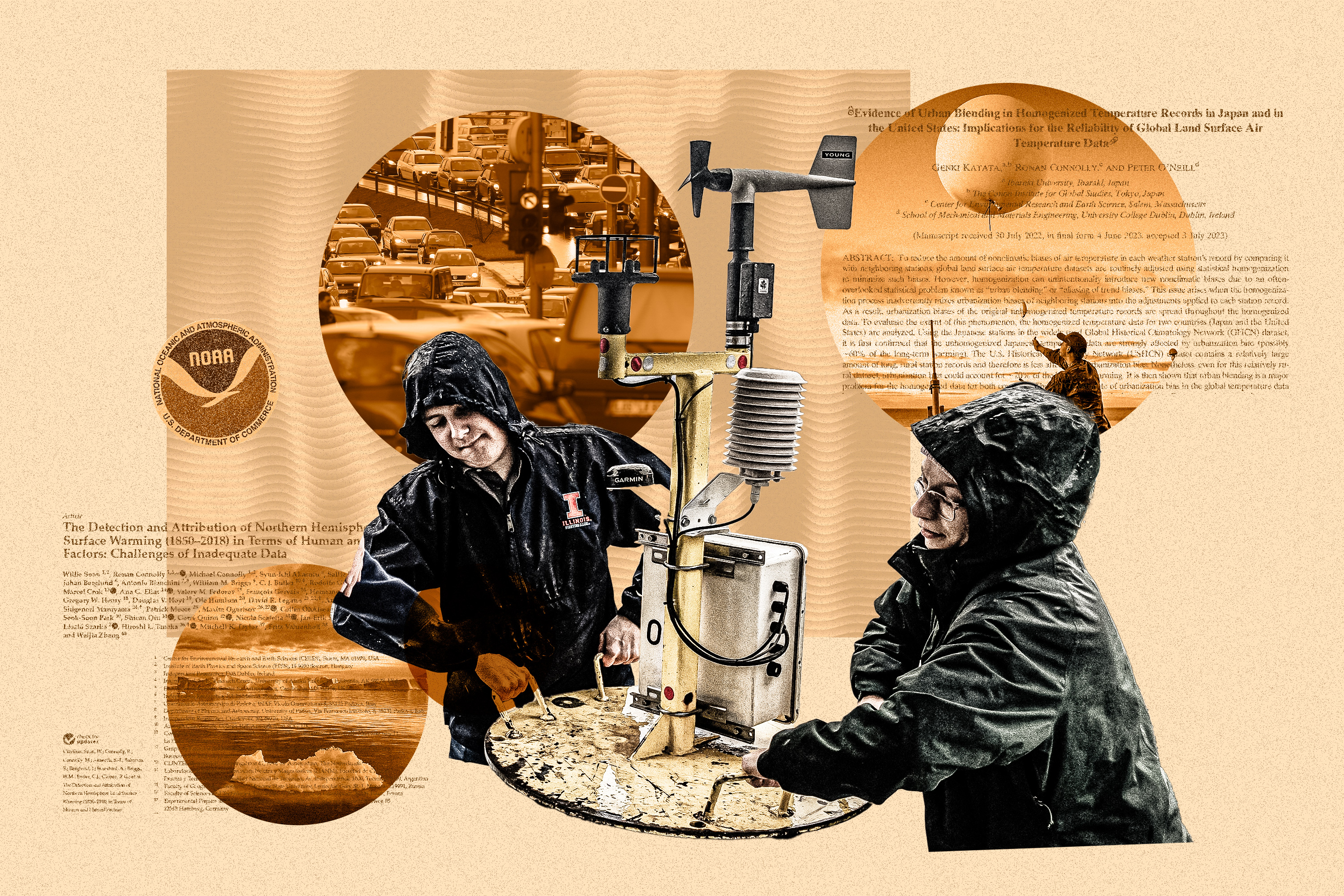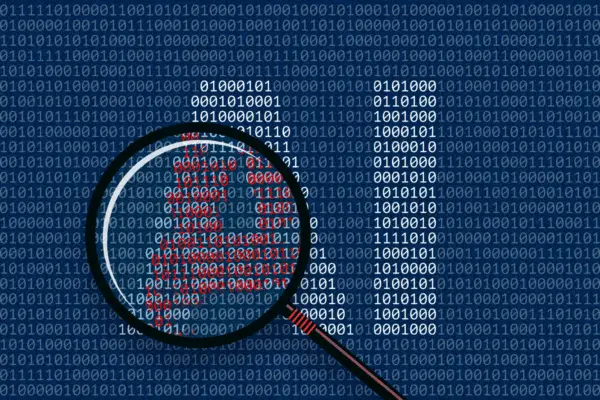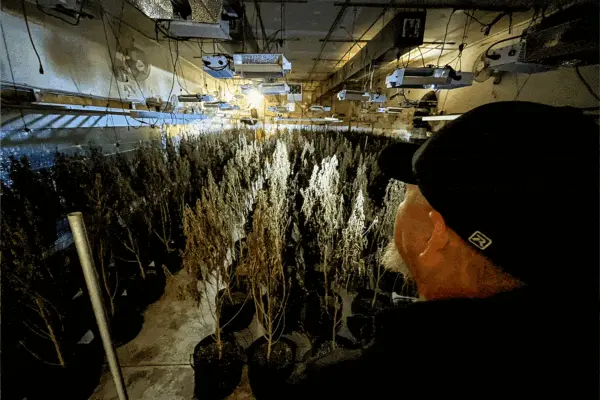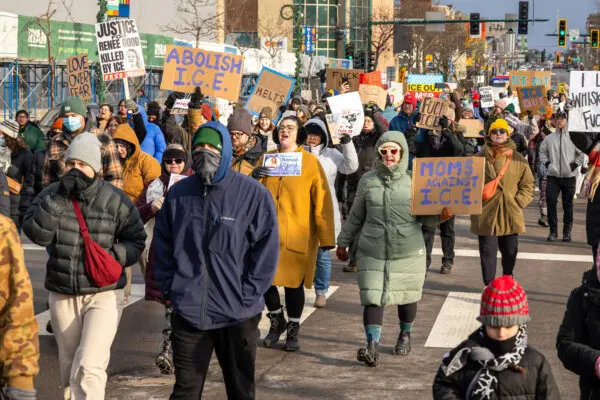Temperature records used by climate scientists and governments to build models that then forecast dangerous manmade global warming repercussions have serious problems and even corruption in the data, multiple scientists who have published recent studies on the issue told The Epoch Times.
The Biden administration leans on its latest National Climate Assessment report as evidence that global warming is accelerating because of human activities. The document states that human emissions of “greenhouse gases” such as carbon dioxide are dangerously warming the Earth.










